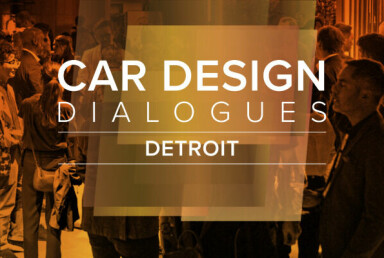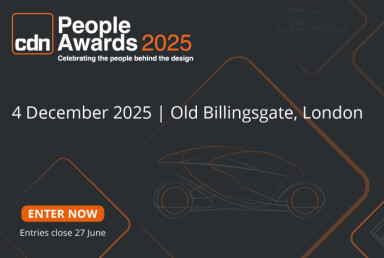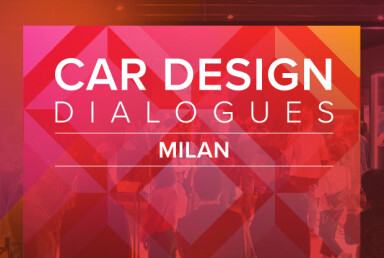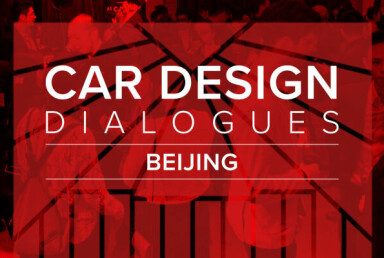Designing in Japan
Interview: Alessandro Dambrosio, Mitsubishi Motors
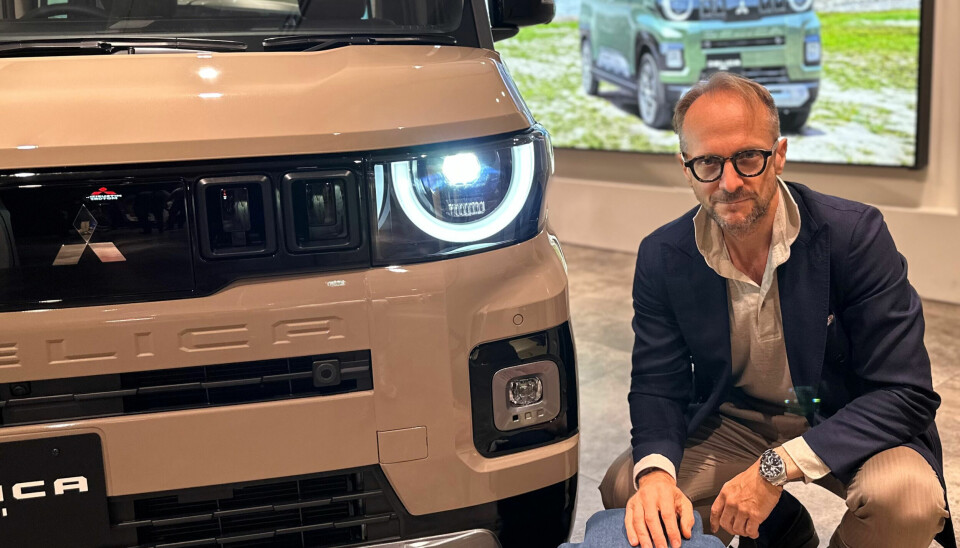
Car Design News speaks to Mitsubishi’s executive design director about the brand’s evolving design language and his experience as a designer across continents
During a wide-ranging career in Europe, Alessandro Dambrosio has built a broad portfolio of work across numerous brands. Clearly adept at tackling different typologies and user groups, the Italian designer is credited with a host of concept and production cars, eventually leading to his current gig with Mitsubishi in Japan.
Much of his career was shaped at the VW Group: a nearly nine-year stint would see him work on models like the B8 Passat, Polo Mk 6, F5 generation Audi A5 and B9 generation A4 to name a few. As head of the Audi Konzept Design Studio in Munich between 2014-2017, he worked on the C8 generation A7 and A6 Sedan and Avant, along with the TT Sportback show car.
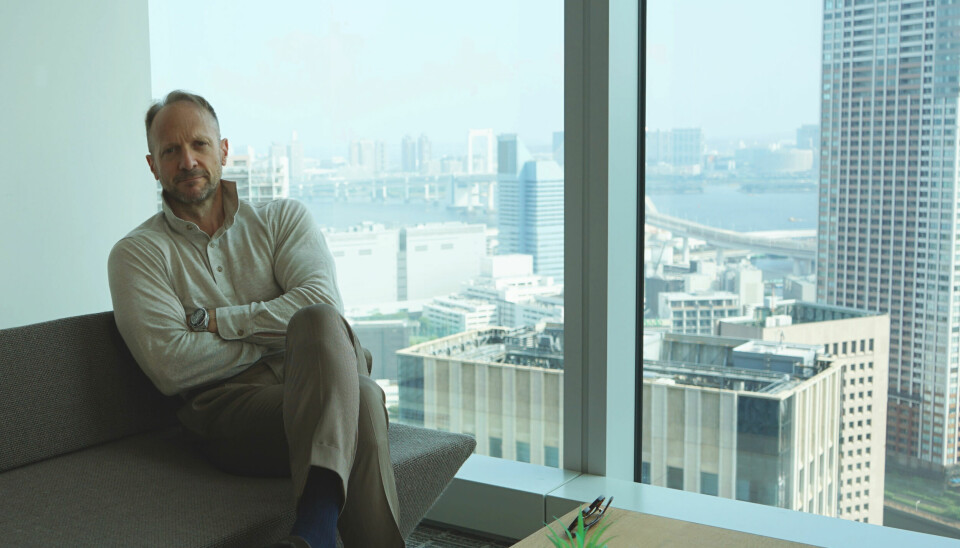
Earlier during his time with the Fiat Group as chief exterior and interior designer for Maserati, he would work on the MC Concept and Gran Cabrio, and as chief vehicle designer at Alfa Romeo working on the Kamal, 166 FL and involved in the 159 Sedan and sport wagon projects. And as becomes clear in the interview below, this is a designer who is not afraid to tackle projects beyond the traditional scope of automotive, working on the Audi Lunar Quattro lunar rover concept and multiple Leica cameras including the Model T, M60 and X-U.
In the summer of 2018, he took a huge step both metaphorically and geographically to join Mitsubishi Motors Corporation (MMC) in Tokyo as executive design director. The move would see him work on a very different portfolio of models and user needs, including an introduction to Kei cars built for Japan’s compact and crowded urban metropolises.
At the time, his then new boss Tsunehiro Kunimoto described Dambrosio as "an extremely valuable addition to the team." Today, he reports to Seiji Watanabe, division general manager at MMC, who moved over from alliance partner Nissan not long before Dambrosio's arrival.
Car Design News managed to pin down the passionate and articulate Italian designer for a broad discussion about his career, the future direction of Mitsubishi design and why the new Delica Mini has resonated with him so deeply.
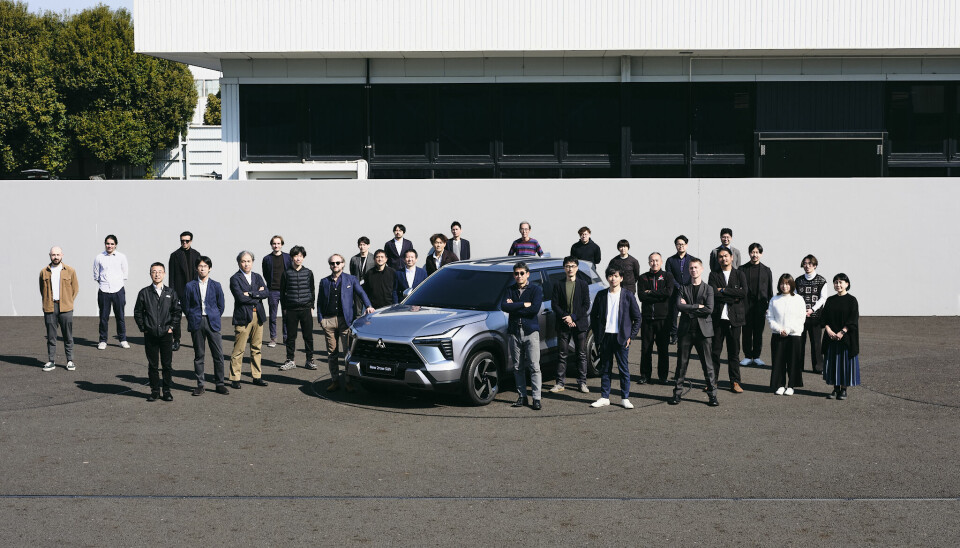
Car Design News: Could you give us an idea of Mitsubishi’s design footprint, and how those studios operate from a process and workflow perspective?
Alessandro Dambrosio: For MMC, design is one of the company's key strengths and we operate across three design studios. The design headquarters is in Okazaki near Nagoya, where one of the factories and the vibrant research and development centre are also located.
Another headquarters, where many other company functions are active, is in Shibaura, Minato-ku, one of the most central areas of the city that has recently undergone significant urban development. Here in a very modern building we have a second design centre, a completely digital studio that aims to attract new talent and use the vibrant heart of Tokyo as a stimulus and source of inspiration for our projects; the city is a thriving hub for events, museums, digitalisation, fashion and design, to name a few. Our European studio, which is just as important as the others, is located in Trebur near Frankfurt. This studio has also transformed over the years into a fully digital studio.
CDN: How do all these studios work together?
AD: The environment is decidedly multicultural, yet it maintains a strong connection with Japan. All the studios work synergistically, and often, by leveraging the talent of the designers and modelers, as well as the time difference, we are able to guarantee performance that would otherwise be difficult to achieve.
CDN: What is your "special sauce" – is there something Mitsubishi’s design teams do differently?
AD: I don't believe there is a special ingredient, nor that we are capable of doing anything better than others. What I can say is that the Japanese cultural approach is different, encouraging incremental and constant improvement in all aspects of work. This is called "Kaizen."
My working style, once more aggressive and direct, has become decidedly more harmonious and collaborative
Over the years I’ve noticed a truly remarkable increase in skills, including linguistic ones, among the entire team. For about eight years, together with Seiji Watanabe and the entire team, we have been continuing a design renewal project for a truly prestigious brand, a project that was already expertly begun by Tsunehiro Kunimoto a few years earlier.
We always strive to consolidate the brand's DNA – based on Kaku (confident), Tan (athletic), Jun (timeless) – but always evolving and seeking uniqueness and freshness. We study and closely observe what's happening in the world and our competition. But let it be a stimulus to improve, not to take inspiration. On the contrary, we try to avoid any kind of association with the “uniqueness” of other brands.
CDN: What's it like being a designer in Japan? What kind of inspiration do you benefit from on a daily basis?
AD: Japan is a wonderful country, its roots and culture grounded in equally wonderful concepts, though often very distant from Western thinking. Regarding creative influences, all of Japan, but especially Tokyo, is surrounded by beauty, by attention to every detail, starting with furnishings and urban decor, by an innate elegance, but also by the proliferation of new trends, which contrast harmoniously with the sober taste and more conservative tradition. In such a context, one cannot help but be positively "touched." Few places in the world can guarantee this unique and wonderful scenario.
CDN: How would you say all this has changed your approach to design?
AD: My working style, once more aggressive and direct, has become decidedly more harmonious and collaborative. In the Japanese workplace, the company is seen as a sort of extended family, where belonging and loyalty are fundamental values. This approach creates a strong sense of identity and belonging among employees, who feel part of a united community and work together for the common good.
After more than seven years of working with the Japanese, I've noticed two fundamental aspects of their corporate culture that have profoundly influenced my approach to work. First, "Nemawashi," an informal process of consultation and consensus-building that ensures harmony and cohesion within the group before making important decisions. Second, "Kaizen," an approach that encourages incremental and constant improvement in all aspects of work. These experiences have transformed me into a more thoughtful, patient and respectful person, without losing my passion.
CDN: You worked for some quintessential Italian brands before Mitsubishi. Is there a different approach to design between these two "schools" (Japan vs. Italy)?
AD: I believe that globalisation, even in design, has now, albeit minimally, broken down some barriers that more rigidly defined the different schools of thought. Obviously, this also applies to creative design.
Mitsubishi is a truly Japanese company with a strong translation. It was founded as a Zaibatsu (財閥), a Japanese conglomerate operating in various industrial and commercial sectors, exerting a significant influence on the national economy. These groups, the Zaibatsu, were once controlled by Japanese families and held (and still hold) a dominant position in the market, thanks to their diversification and ability to operate in various economic sectors.
Over the years, the "diversity" that we strive to increasingly foster has led our teams to internationalise. We strongly believe in this concept for the development and future of the design department. Again, the approach to work and the relationship with the company itself is different than in Europe. I've been deeply impressed by the way we sometimes compensate for a lack of talent with true dedication to work and an almost obsessive self-improvement that has allowed us to achieve excellent results in design – not to mention the recognition, including international awards, we've received over the years.
This improvement has led us to strive to develop a culture of constant learning at all levels. As far as I'm concerned, this process has been and still is absolutely ongoing. I try to pass on what I can, but also, and above all, to learn as much as possible. The level of expertise among our creatives has significantly increased, and we now have a team that has little to envy from the style centres of more well-known brands. I'm really very proud to work with these people.
CDN: In the past, you've worked on projects beyond automotive including cameras, bicycles, lamps and more. How has this fed into what your work as a car designer?
AD: My experience with Audi's product design, though not very long, probably helped me not only broaden my perspective but also focus more on precision and perfection of detail: in exteriors, for example, I think of lights, or in interior design, which is essentially composed of several "objects," even though it must always be viewed in its complexity and integrity.
And, albeit minimally, I believe CMF and UX/UI have also benefited.
My DGM, Seiji Watanabe, is truly second to none in terms of precision of detail as well as the purely technical aspect. So I feel fortunate to be able to work side by side with him, implementing the learning process.
In Japan, Kei cars are a true cult classic, and competition is fierce
CDN: Can you tell us about a recent project you particularly enjoyed working on, whether a concept or a production model?
AD: Since joining the Mitsubishi family, all projects have been very stimulating, though never without many challenges. Time to market has really shortened, and the race against time often reigns supreme. If I really had to choose one, I'd say the new Delica-Mini and eK Cross, our new Kei-cars. There are many reasons for this.
First and foremost, it's a product I truly believe in; call me crazy, but I think it's extremely applicable globally, not just in the Japanese market. In fact, I think it's also a perfect fit for many European cities and beyond, given the ever-increasing traffic congestion and emissions restrictions. Having a vehicle that's extremely compact (under 3.5 meters) yet still offers four comfortable seats, a generous cargo area, all-wheel drive, an automatic transmission, a hybrid engine, and an infotainment system is truly unique. In Japan, these cars are a true cult classic, and competition from other OEMs like Suzuki, Honda, Daihatsu, and of course our partner Nissan, is fierce.
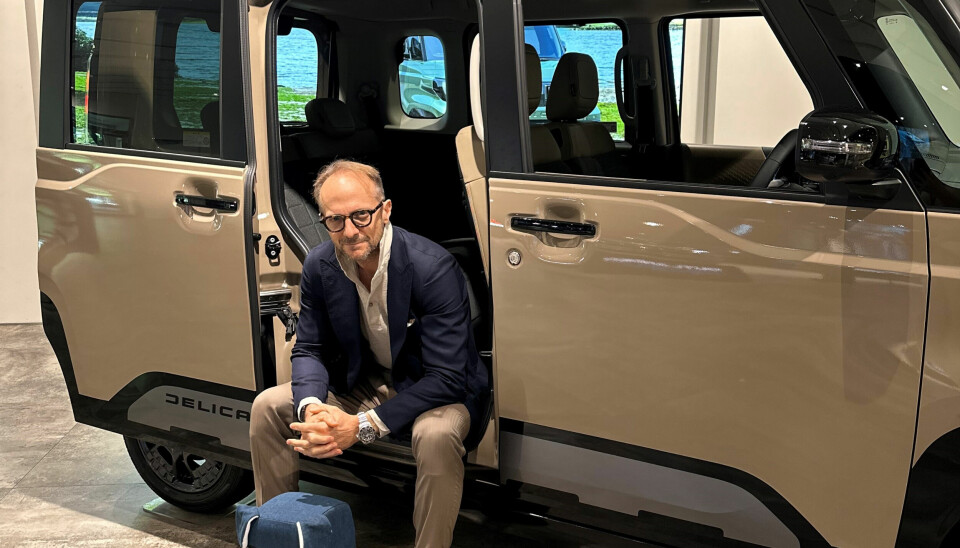
Another thing I love about these cars, and our Delica-Mini in particular, is the friendly face with its "little rascal" look. Compactness, usability, everything within reach, but also a lot of personality. During the development of this project, we worked closely with our colleagues at Nissan, and for me, it was very stimulating. The Delica-Mini is a product I'm madly in love with.
CDN: Lighting seems to be the next frontier for brand differentiation. What's your opinion on this trend?
AD: Night design is very important not only for identifying a specific brand or model, but also for defining its character and facial expression. I remember my time at VW in Konzern Design, where the emphasis was already on characterisation and diversification, especially through lighting, during the development of the design criteria for all brands.
There has been an incredible evolution over the years, especially with the advent of LEDs, followed by Matrix LEDs, OLEDs, and pixel LEDs. Very compact elements today not only guarantee high lighting performance, but also extreme creative flexibility.
But despite the countless possibilities, intense competition means that creating something that expresses a unique character and personality is no easy task. It’s still a challenge worth taking on, because the risk of falling into the "banal" is very high. The Delica-Mini has plenty of character and personality and is recognisable with the lights off and when driving at night. This is another reason why I find it simply adorable.
CDN: How is Mitsubishi's design language evolving, and what should we expect from the brand in the future?
AD: As I said before, it's very important to us – I'd say fundamental – to respect our DNA.
Kaku (confident) represents authenticity and trust, Tan (athletic) symbolises vitality and dynamism, while Jun (timeless) embodies eternal youth and continuous evolution. Together, these concepts represent a path of constant growth, in pursuit of uniqueness and freshness, without ever stopping.
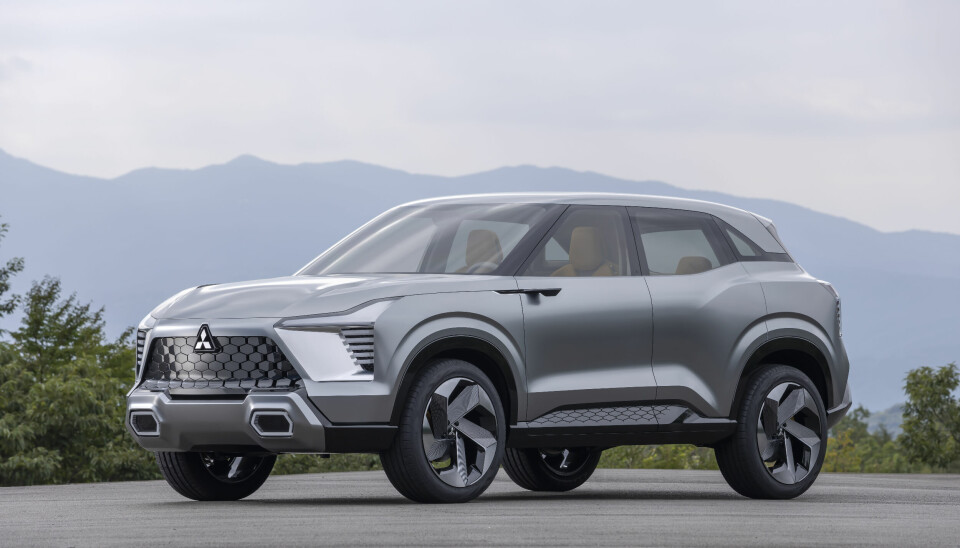
Our Dynamic Shield front face, which represents "protection and performance" is more than just cosmetic. From the X-Force SUV and then the Destinator crossover, it has evolved into three-dimensionality, becoming a true object. Our front and rear T-lights and the rear hexagon are also inspired by our history, but everything is always evolving. Today we have to surpass ourselves, and I believe that with our next products we will be able to better express this concept.
CDN: How do you plan to stand out?
AD: Competition is hard, and today, thanks in part to the incredible growth of the Chinese industry, new cars, as well as new brands, are being introduced almost daily. Uniqueness is a key adjective for us in the development of our future products. We are working to create something new and unique. And I think it's truly very exciting. In Japan, it's very important to analyse the market in depth. But at MMC, as already mentioned, uniqueness is the watchword.

